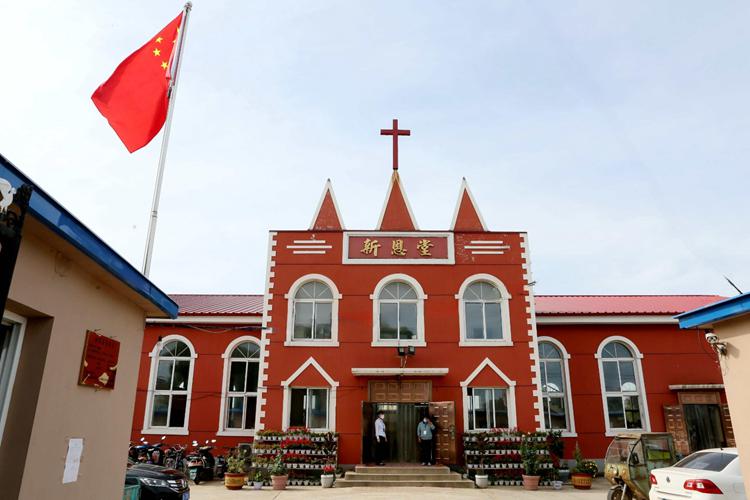There is not much evidence that Christian growth continued in China after 2010, according to the Pew Research Center.
Although there have been arguments in recent decades to support the rapid development of Christianity in China, Pew’s new research titled “Measuring Religion in China”, which was released on August 30, concludes from a range of data that there is no evidence that Christianity in China is growing after 2010.
"Some scholars and journalists have argued in recent decades that Christianity in China is growing rapidly. Indeed, Christianity flourished after China entered an era of economic reforms and “opening up” to the world in the 1980s. But recent surveys that measure zongjiao affiliation do not offer much evidence that Christian growth continued after 2010," the research said.
“Some media reports and academic papers have suggested the Christian share may be larger, with estimates as high as 7% (100 million) or 9% (130 million) of the total population, including children. No national surveys that measure formal Christian affiliation—by asking people which religion (zongjiao) they identify with—come close to these figures,” claimed Pew.
The analyses are based on the Chinese General Social Survey (CGSS), the 2016 China Family Panel Studies (CFPS), the China Labor-force Dynamics Survey (CLDS), the 2018 World Values Survey (WVS), and government data due to the political sensitivity, self-identification, and sampling issues of counting Christians in China.
“According to the CGSS, about 2% of adults (23.2 million) in China self-identified as Christians in 2010, versus 2% (19.9 million) in the 2018 survey—a gap that is not statistically significant.”
“In 2010, 38% of Christians said they engaged in zongjiao (religious) activities at least once a week, while in 2018, 35% said so—a difference that is not statistically significant,” Pew added.
“Between 2009 and 2018, the number of official Protestant clergy (pastors, ministers, and ordained elders) declined slightly from around 37,000 to 36,000.” Pew said. “This trend also appears to conflict with the CCC and TSPM’s emphasis on training Protestant clergy for the official system; around 6,300 students graduated from theological seminaries between 2013 and 2018.”
The official date demonstrates that the year 2018 witnessed the existence of 60,000 legal Protestant venues, “largely unchanged from a total of 58,000 venues in 2009,” without the calculation of “Protestant house churches or authorized meeting points.”
According to the report's analysis of church geographic distribution, there were 17% of Protestant churches in the central province of Henan in 2004 and 13% in the eastern coastal province of Zhejiang.
When it comes to “traits associated with formal Christian affiliation,” Pew claims that adult-identified Christians “are more likely to say religion is very important in their lives” than those who say they believe in Jesus Christ without identifying with Christianity, according to the CFPS. Moreover, they prefer to state that their worship service attendance reaches at least once a week.
Respondents who regard Christianity as their faith are “older and have lower educational attainment than the average Chinese adult,” according to the 2018 CGSS. Women are more than men.












